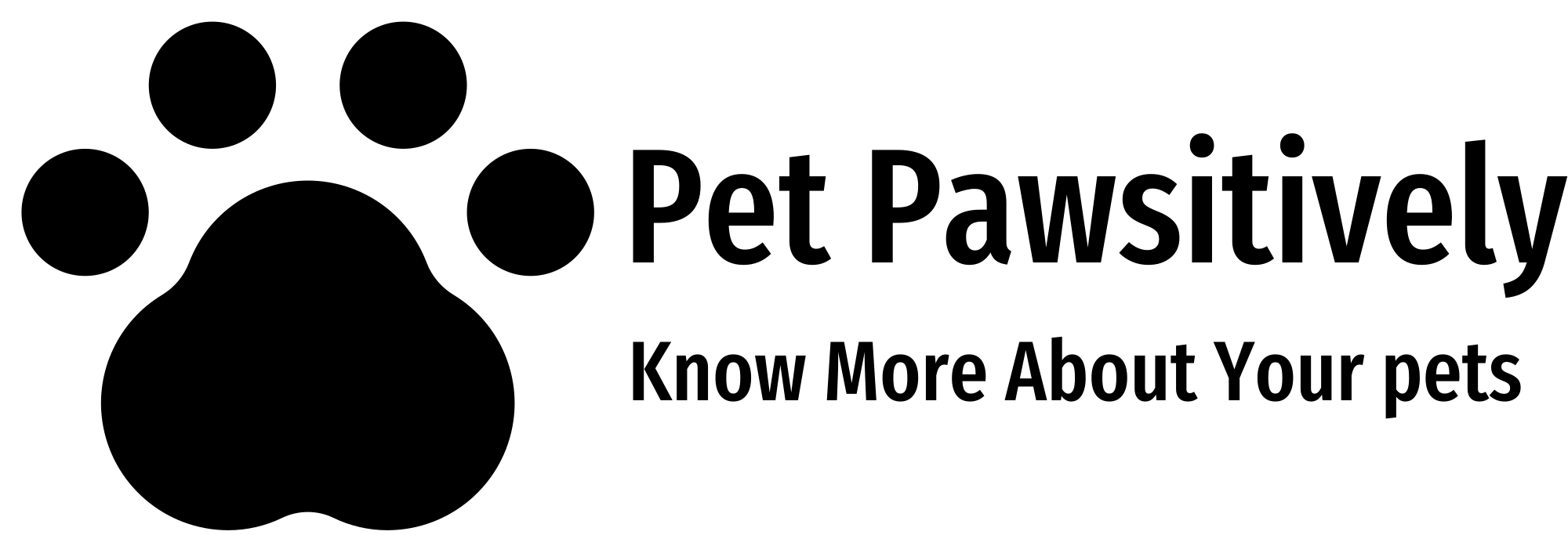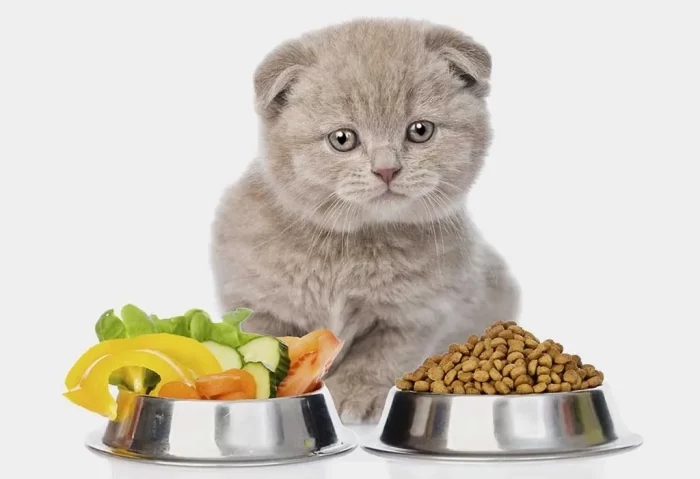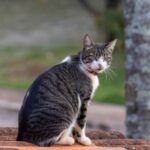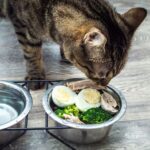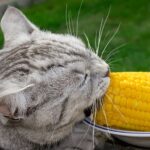Want to keep your feline friend healthy? Look no further than alternative diets for cats! Learn about the pros and cons of different diets and find the purrfect fit for your pet.
As cat owners, we want to ensure that our feline friends live healthy and happy lives. One crucial aspect of their well-being is their diet. While traditional cat food has been the go-to option for many years, alternative diets for cats are becoming increasingly popular. These diets offer a range of benefits, from improving overall health to addressing specific health issues.
In this article, we’ll explore the different types of alternative diets for cats and their pros and cons. By the end of this article, you’ll have a better understanding of what to look for in a cat diet and which alternative diet may be best for your furry friend.
Raw Food Diet
Raw food diets for cats consist of uncooked meats, bones, and organs. This diet aims to replicate the natural diet of cats in the wild. Advocates of this diet claim that it can improve a cat’s digestion, energy levels, and overall health. However, it’s important to note that raw food diets can be risky if not prepared properly. Raw meat can contain harmful bacteria, such as Salmonella and E. coli, that can make both cats and humans sick. Additionally, this diet can be expensive and time-consuming to prepare.
Pros:
-
Replicates the natural diet of cats in the wild
-
May improve digestion and energy levels
Cons:
-
Can be risky if not prepared properly
-
Expensive and time-consuming to prepare
Grain-Free Diet
Grain-free diets for cats are becoming increasingly popular, as many pet owners are becoming more aware of the potential harm that grains can cause to cats. Grains can be difficult for cats to digest, and many cats are allergic to grains. Grain-free diets typically consist of meats, vegetables, and fruits. While this diet may be beneficial for cats with grain allergies or sensitivities, it’s important to ensure that the diet is still nutritionally balanced. Some grain-free diets may lack essential nutrients that cats need to thrive.
Pros:
-
Beneficial for cats with grain allergies or sensitivities
-
May improve digestion
Cons:
-
Some grain-free diets may lack essential nutrients
Limited Ingredient Diet
Limited ingredient diets for cats are designed for cats with food allergies or sensitivities. These diets typically consist of a single protein source and a limited number of other ingredients. This allows pet owners to identify and eliminate the ingredient that is causing the allergic reaction. While this diet may be beneficial for cats with food allergies or sensitivities, it’s important to ensure that the diet is still nutritionally balanced.
Pros:
-
Designed for cats with food allergies or sensitivities
-
Allows pet owners to identify and eliminate the ingredient causing the allergic reaction
Cons:
-
Important to ensure that the diet is still nutritionally balanced
Homemade Diet
Homemade diets for cats involve preparing your cat’s meals at home, using ingredients that are safe and healthy for cats. This diet allows pet owners to have complete control over what their cat eats. However, it’s important to ensure that the diet is nutritionally balanced and that the ingredients are safe for cats. Homemade diets can be time-consuming to prepare and can be expensive, especially if organic or high-quality ingredients are used.
Pros:
-
Complete control over what your cat eats
-
Can be tailored to address specific health issues
Cons:
-
Important to ensure that the diet is nutritionally balanced
-
Time-consuming to prepare
-
Can be expensive
FAQs
Is it safe to feed my cat a raw food diet?
-
Answer: Raw food diets can be risky if not prepared properly. Raw meat can contain harmful bacteria, such as Salmonella and E. coli, that can make both cats and humans sick. If you do choose to feed your cat a raw food diet, it’s important to follow proper food safety guidelines and consult with your veterinarian.
Can grain-free diets cause health problems in cats?
-
Answer: While grain-free diets may be beneficial for cats with grain allergies or sensitivities, some grain-free diets may lack essential nutrients that cats need to thrive. It’s important to ensure that the diet is still nutritionally balanced and meets your cat’s needs.
Can I make my own cat food at home?
-
Answer: Yes, you can make your own cat food at home. However, it’s important to ensure that the diet is nutritionally balanced and that the ingredients are safe for cats. It’s recommended to consult with a veterinary nutritionist to ensure that your homemade diet meets your cat’s nutritional needs.
Are alternative diets more expensive than traditional cat food?
-
Answer: Alternative diets for cats can be more expensive than traditional cat food. Raw food diets and homemade diets can be particularly expensive, especially if organic or high-quality ingredients are used. However, it’s important to remember that investing in your cat’s diet can lead to better health outcomes and potentially lower veterinary bills in the long run.
In conclusion, alternative diets for cats offer a range of benefits and can help improve overall health and address specific health issues. However, it’s important to do your research and consult with your veterinarian before making any changes to your cat’s diet. Each cat is unique and may have different nutritional needs, so it’s important to choose a diet that meets your cat’s specific needs. Whether you choose a raw food diet, grain-free diet, limited ingredient diet, or homemade diet, ensuring that your cat’s diet is nutritionally balanced and safe is key to keeping your feline friend happy and healthy for years to come.
Related posts:

Dr. Katie Lawlor is a seasoned expert in pet care with over 8 years of experience dedicated to enhancing the well-being of pets and their families. As a passionate advocate for animal health, Dr. Lawlor combines her extensive knowledge with a compassionate approach, offering valuable insights and practical advice on pet wellness. Her commitment to improving the lives of pets and their owners is reflected in her engaging content on PetPawsitively .com. Follow Dr. Lawlor’s work and connect with her on Instagram for expert tips and support.
